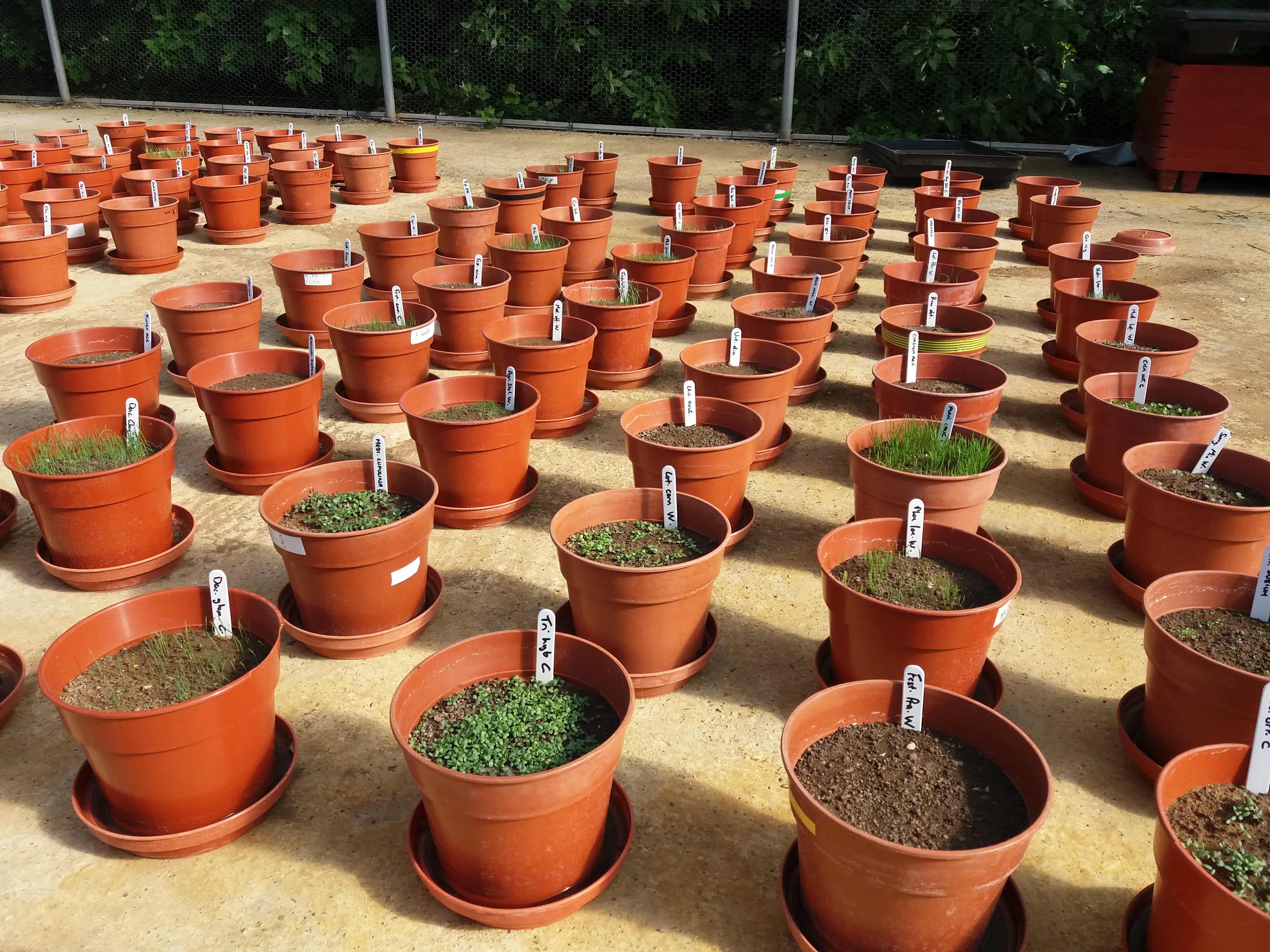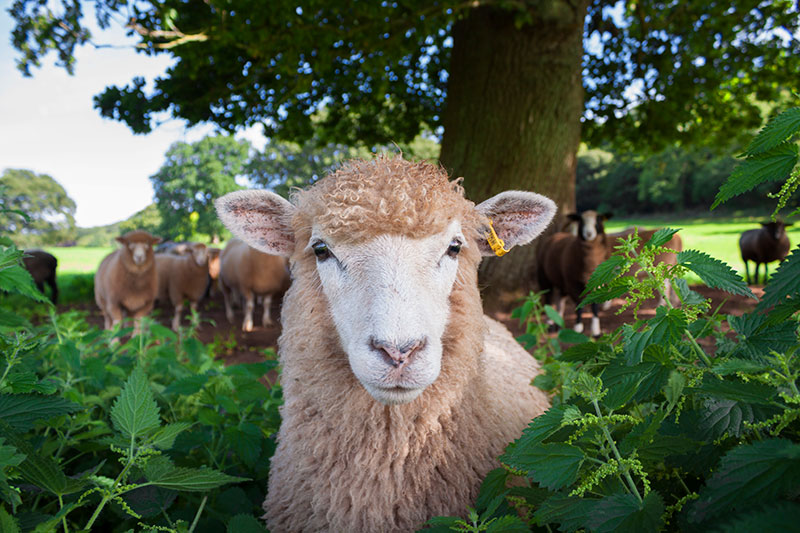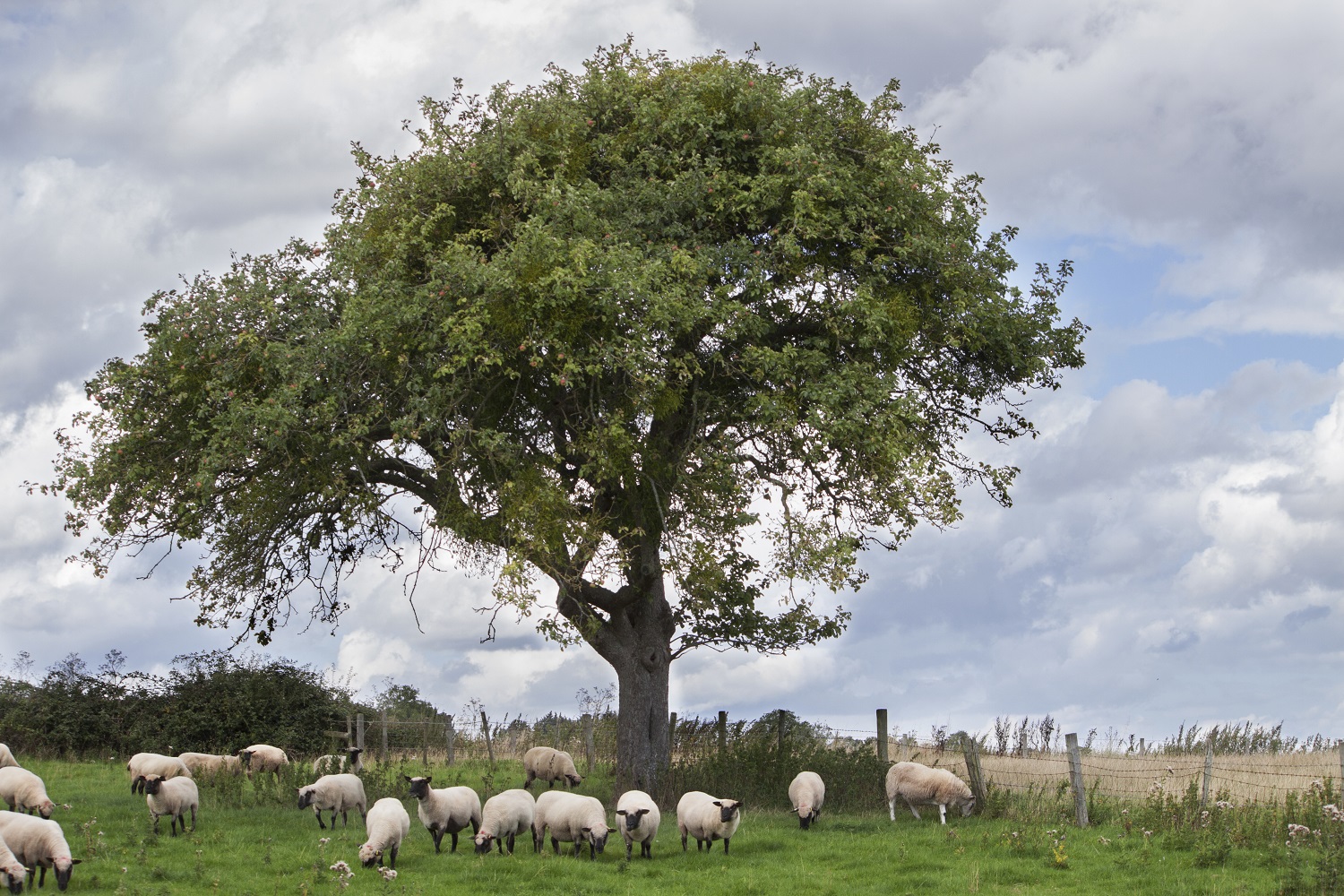
- Soil Association
- Farmers & growers
- Organic market information
- Organic market price data
- Livestock price data

Livestock price data
Organic Livestock Prices
July 2025
Courtesy of OLMC: www.olmc.co.uk
 |
£/kg deadweight |
| Prime cattle - Finished stock (Average R4L organic UTM in spec) | £7.60 |
| Cull cow - Finished stock (Average R4L organic OTM in spec) | £5.70 |
| Lamb - Finished stock (Average R3L organic NSL in spec) | £7.70 |
N.B. Prices serve as a guide only and are averaged from information collected from key producers and traders. Accurate at time of writing but may alter due to market volatility.
OLMC Finished Stock Marketing Report July 2025
Prime Cattle
Trade has remained steady as numbers remain on the tighter side. Abattoirs report sales have dipped a little in the past month, thus the price has started to weaken marginally. The price drop nothing like the slide in the conventional market of the last few weeks. Summer cattle trade seems to be set much the same for a few weeks, there is a possibility of trade coming back very late summer into the early autumn when we might see a flush of cattle as grass gets shorter.
Average R4L organic UTM in spec @760p/kg deadweight
Cull Cow
A slight weakening in cow prices, but the trade generally is still strong. A few more cows coming on to the market as producers decide to trade them in rather than get more weight on them. Shortage of forage supplies inevitably influencing such decisions.
Average R4L organic OTM cow in spec @ 570/kg deadweight
Lamb
The trade for new season remains reasonable as greater numbers start to seep on to the market. As the summer goes on and more become ready it is likely prices will weaken. Keeping sustainable grazing in front of lambs will be a challenge with many areas short of grass due to the hot weather and low rainfall.
Average R3L organic NSL in spec @ 770p/kg deadweight
For more information, please contact Tim Leigh on 07850 366404.
OLMC Store Report July 2025
The persistent dry weather is seriously affecting grass growth in some areas. Whilst some regions are reporting a dry summer other locations are reporting a drought with fields starting to resemble desert conditions.
I continue to remain positive over the rain eventually coming and am reminded of the fact that rainfall always averages about the same in a twelve month period. I do hope though that it doesn’t all arrive in January and February and that we get some soon to produce grass growth from the warm ground.
We are approaching the store lamb period and we will once again be looking for store lambs between now and Christmas. Predictions are that the trade will be good in the light of a reduced sheep flock. We are already taking orders for breeding sheep. Let us know of your requirements as soon as you can.
The store cattle trade continues to be remarkable, in line with finished stock, prices have faltered slightly in recent weeks but have now stabilised again. Even with the dry weather bringing some cattle onto the market prices are well ahead of the corresponding period last year.
We have a number of outlets for forward organic store cattle in both Scotland and Wales and to that end we will be looking for and paying a premium on Blue Tongue vaccinated cattle as we go into the Autumn. Give us a ring for more advice on this.
We are always available for general advice on prices and deal in all types of organic store cattle and lambs.
Peter Jones
Phone: 01829 730580
Mobile: 07720 892922
E-mail: p.jones@peterjoneslivestock.co.uk
Other sources of information:
Organic livestock prices are also provided at: https://www.meadowq.co.uk/market-reports/
Scotland
Market information can be found at: http://farmstock.org.uk/market-report/


